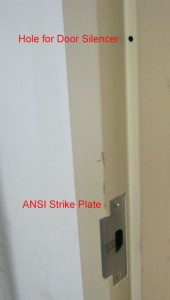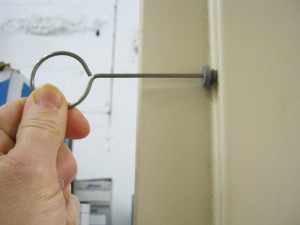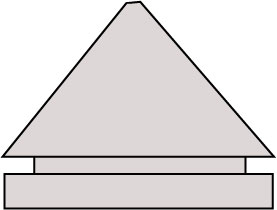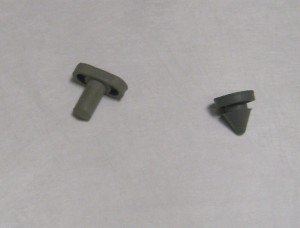An unassuming rubber pad, the door silencer is a paragon of passive, often unrecognized importance. Its moniker dubs it a preventer of noise, but in addition to a silencer it is also a door aligner for which space is made and receiving apertures cut in hollow metal door frames. When present they are all but totally unnoticed. When they are not, their absence can be keenly felt.
Door silencers are installed on the face of the stop. When the door is closed, it rests against the silencers. What many contractors and other hardware installers may not realize is that the silencers take up space.
 Door hardware is all designed to work together in precise alignment. In the absence of door silencers the door travels an extra fraction of an inch. All other hardware is thereby put out of alignment by that fraction of an inch.
Door hardware is all designed to work together in precise alignment. In the absence of door silencers the door travels an extra fraction of an inch. All other hardware is thereby put out of alignment by that fraction of an inch.
Perhaps the most significant consequence of this loss of alignment occurs when in single openings that are equipped with locking cylindrical locks equipped with dead-latches. Dead-latches have a deadlocking feature that may slip into the keeper of the strike if the door is allowed to travel that extra fraction of an inch allowed by the absence of the silencers, causing the latch to bind in the keeper and be difficult or maybe even impossible to retract. In order to enter from the push side of the door, users may have to first pull hard on the lever or knob to decrease the tension enough to allow the latch to withdraw from the keeper before they can twist the handle and push the door open. From the pull side, users may have to push on the door near the handle to decrease this tension. You can see where this could be a serious impairment to people needing to exit a space in an emergency.

Above: Installing a door silencer in a hollow metal door frame.



This was novel. I wish I could read every post, but i have to go back to work now… But I’ll return.